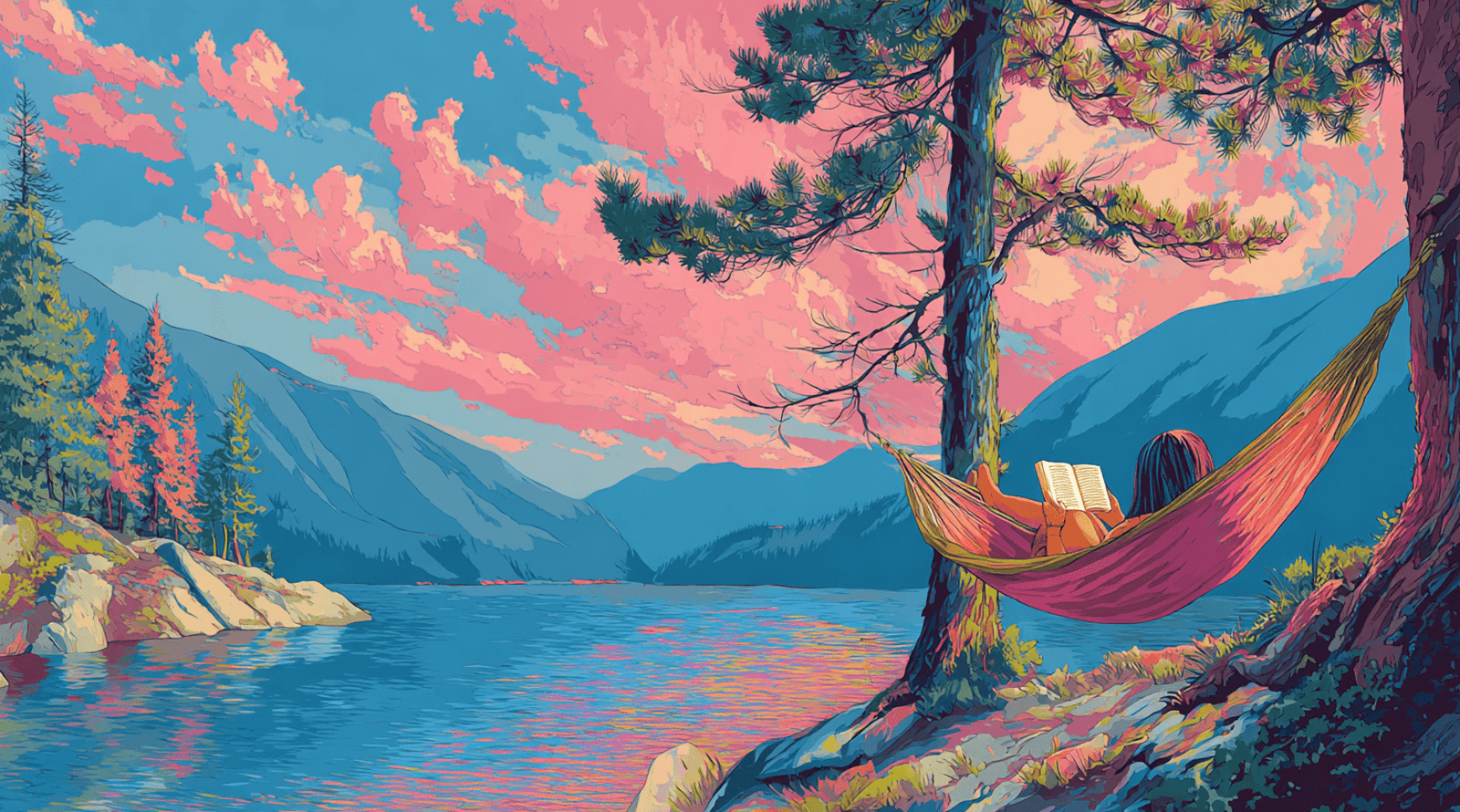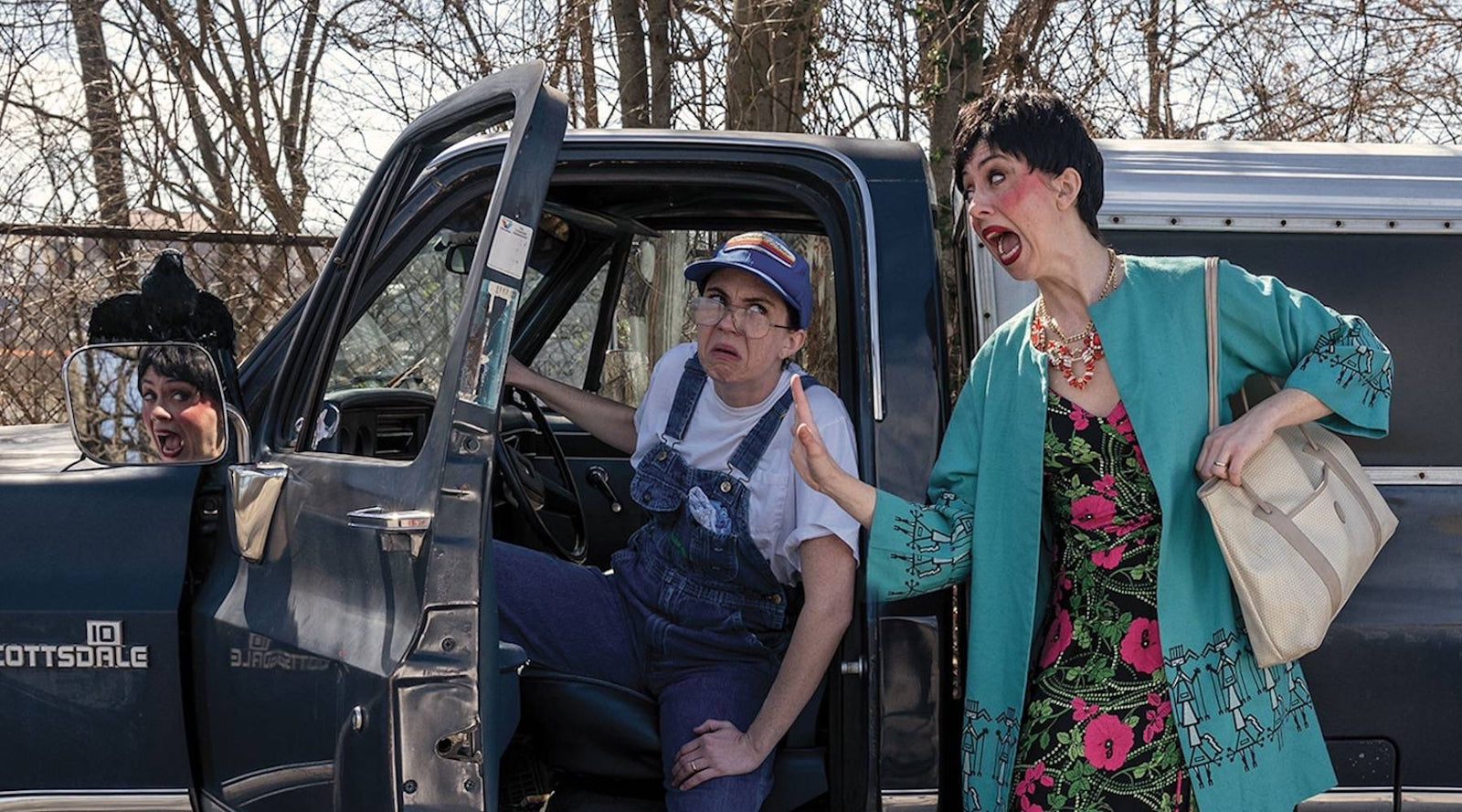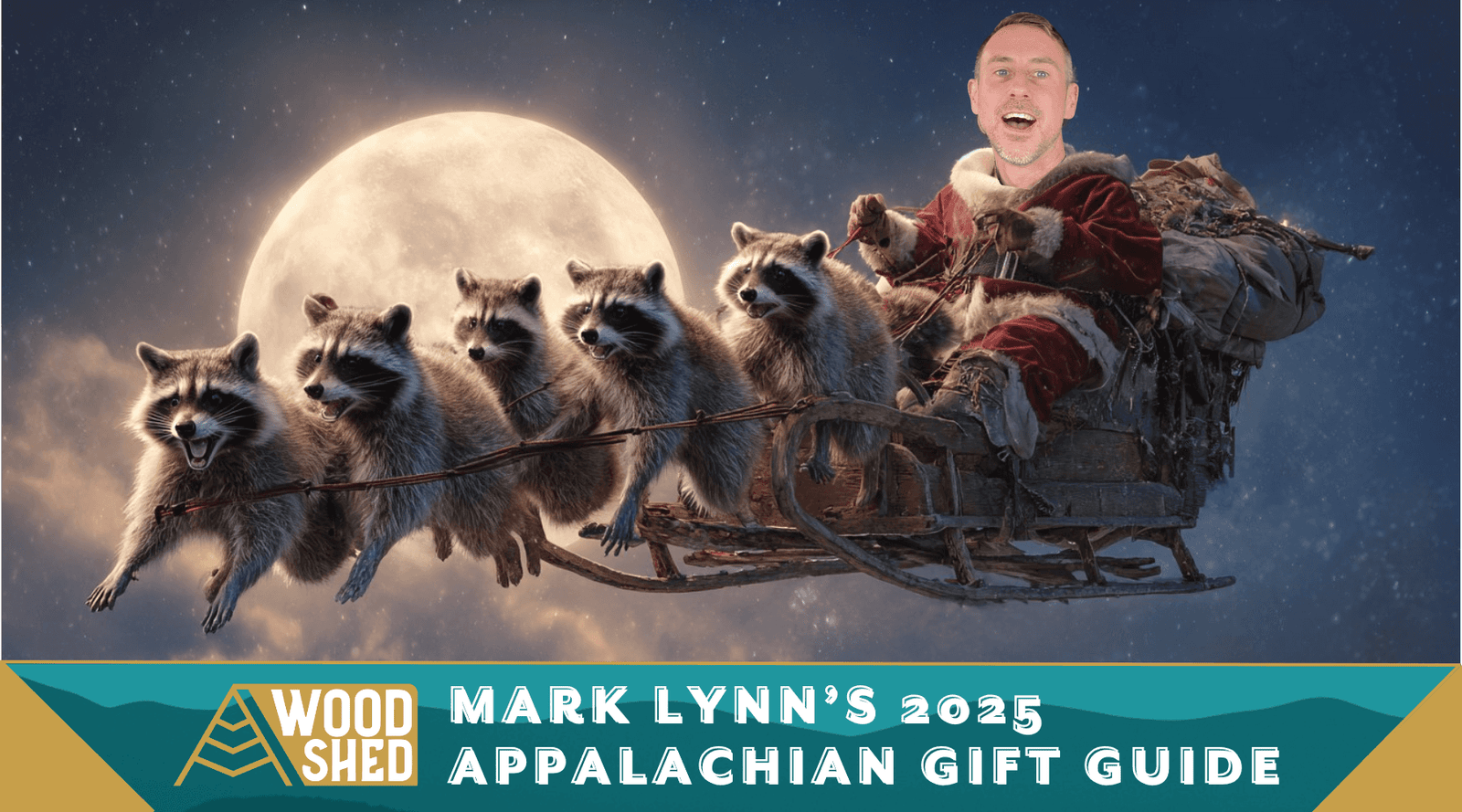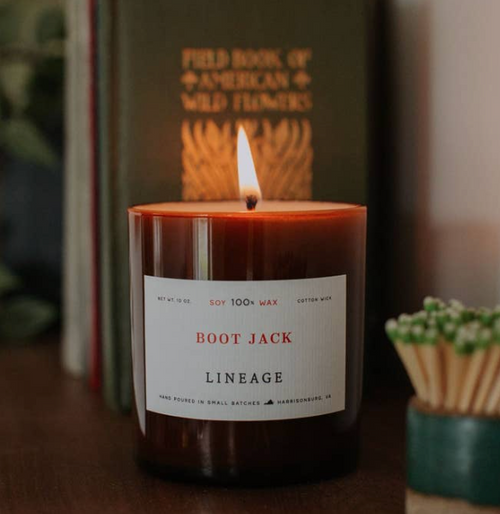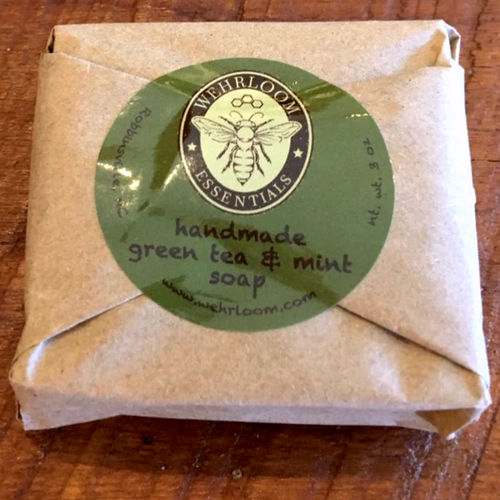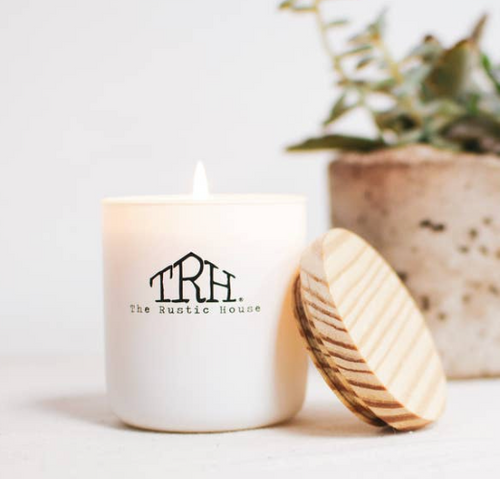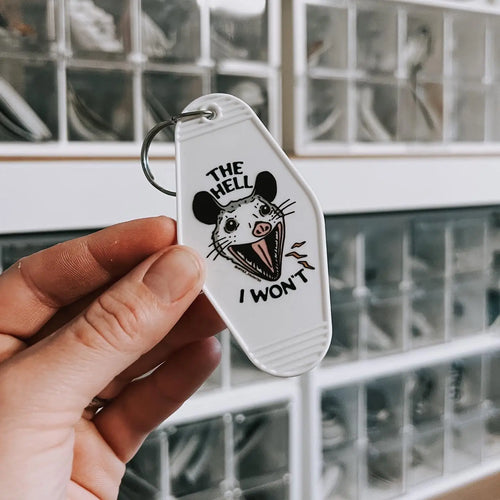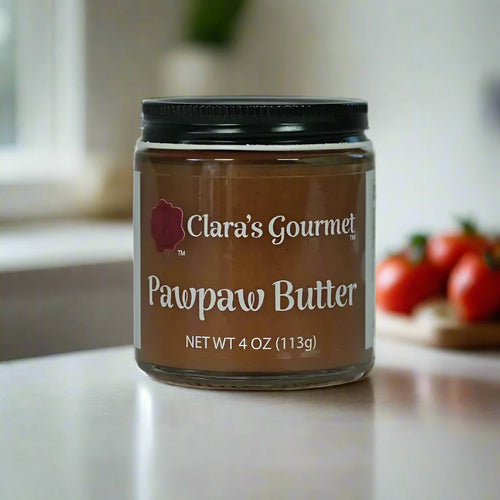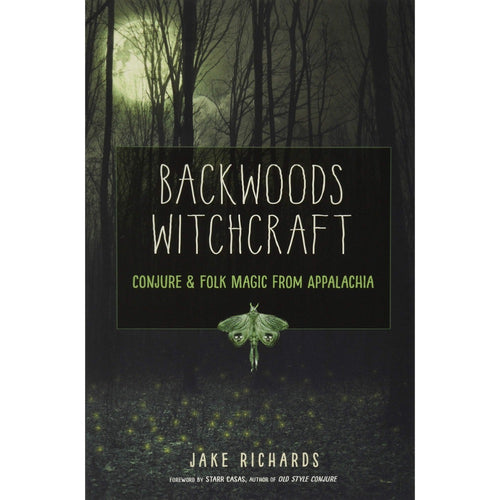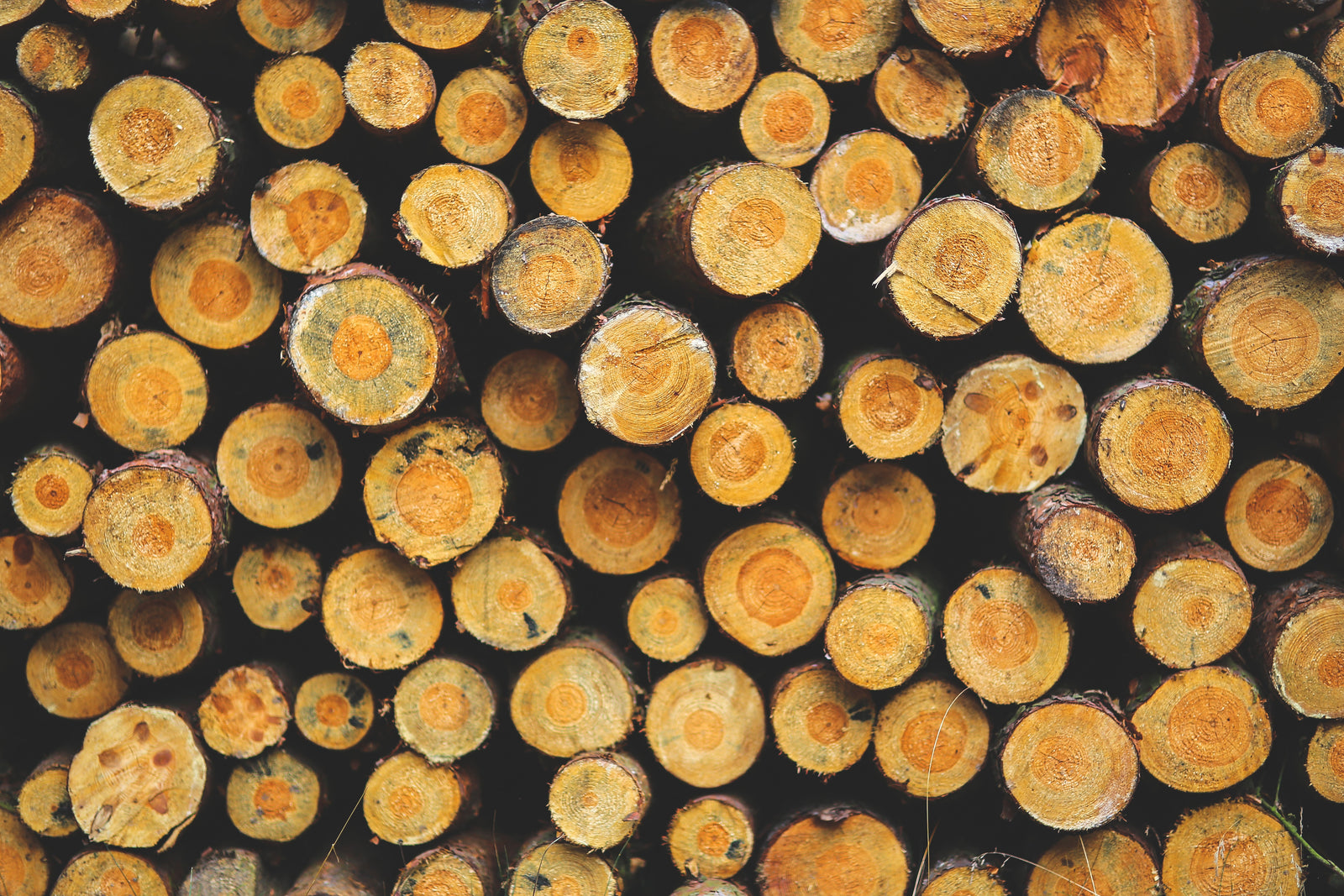
Those of us from Appalachia know that these images are the exception and sensational, but CNN sure didn't play them that way. The news channel said that the photographer was capturing "the everyday lives of the people of Appalachia."
Appalachian locals posted comments in the hundreds, most of them outraged:
"I am from the Appalachians and this is not everyday life. This is akin to racist stereotypes of African Americans before the civil rights movement. Repulsive."
"I've lived in the South for four decades and have seen exactly zero robed Klansmen and pretty much the same number of snake handlers."
"These pictures appear to be the result of an immature photographer from LA out to reinforce her smug stereotypes about the South. CNN why are you promoting this?"
Reading the comments and reviewing the photos, I also wondered what was this photographer thinking. Was she really trying to propagate stereotypes about mountain people? Didn't she know how damaging this kind of photography can be?
Rather than speculate, I decided to ask her for a telephone interview. Her name is Stacy Kranitz, and she promptly replied to my email. The first thing she told me was that she felt burned by CNN.
"I admit that my experience with CNN was very upsetting and I am weary of the media right now," she said, "Even though I have great respect for alternative media sources I'm not sure how confident I feel about a phone conversation. Maybe we can begin the conversation via email."
So I emailed Stacy a couple of questions at a time, and she replied, providing me with the full story behind her hotly disputed photos. I've boiled our emails into a simple interview that shows what this unconventional artist was really thinking. Stacy's excerpts are unaltered, but I did edit my questions to give you, the reader, better context.
Also, while we were exchanging emails, CNN updated the photos, adding additional shots in an attempt to better represent Appalachian culture. Stacy and I talked about this too.
*
TR: Stacy, CNN originally published a portion of your shots from the Appalachians. That subset of your work lit a fire among people from the region. What do you think about the outrage?
SC: I think people are rightfully angry. I am disgusted to see the words "the everyday lives of appalachian people" next to images of the KKK. That is a real insult to the region as is the reductive edit of my work and I understand why people are so offended by it.
I do not see what I have photographed as a look at "the everyday lives of appalachian people" as CNN has claimed, Nor is that written anywhere in the CNN interview questions I answered or on my website.
For this project I sought out the stereotypes and photographed them so that I could then offer a counter to them. That is what the project is about. It is meant to be a dialogue about stereotypes: the mythology they create, their value and their role in society and how they factor into the representation of place. It seemed the furthest from possible that CNN knowing my interest in both seeking out and demystifying stereotypes would make an edit of only the stereotypes. What they did is the opposite of what I am trying to do.
TR: That context makes all the difference. Why didn't CNN share your other photos and your true intent?
SC: I can only guess. It is likely that they were interested in traffic numbers to their website. I feel stupid and ashamed for trusting CNN to honor my intentions with the work. To take me seriously as a photographer who cares deeply about what she photographs and how those images are representative of the people in them. I thought that by answering their questions in a thoughtful and engaged manner they would do what a respected journalistic media conglomerate should do and accurately report the project as I had presented to them. I can't figure out if I am naive or if they are cruel.
TR: What would you like people to take away from your Appalachian photos?
SC: I would like the images to be the starting point for a conversation about the region; what stereotypes still exist and what images would and could demystify them. I want the images to call into question what is the "mean" of a place with a complicated history that is still trying to shed difficult stereotypes. The photographs are a rumination on what it means to be an outsider and how that outsider attempts to know something, Can they know something? What is unavailable to communicate in the photographic image and what is not? All of my projects operate within the documentary tradition while at the same time commenting on that tradition, it's failures and its possibilities.
TR: Have you said anything to CNN about the photos? What did you tell them or what would you like to tell them?
SC: I have written to my editors and shared much of what I shared with you. I asked for an explanation. I would like them to remove the words "everyday life of appalachia" and redo the edit so that it no longer reflected only the stereotypes of the region.
This is the point where CNN posted additional photos. I emailed Stacy a follow-up question.
TR: CNN has added more photos that represent a wider range of Appalachian experiences, but they didn't remove the words "everyday lives." Are you satisfied?
SC: Whaen I contacted them, the photo editors at CNN showed genuine concern for my desire to have the project presented in a way that was true to my intentions. While so much of the damage has already been done with so many people seeing the original sequence of images I appreciated that the editors where immediately responsive to my desires to change the edit to be more accurate to the project.
They did not want to change the text "everyday lives of appalachian people" because they feel that in the context of the article they are not saying that my images reflect the everyday lives of appalachian people but that the images were taken of people in their everyday lives. In the end I agreed that the text was accurate to the interview I gave and with the new edit I feel that the project is shown in a much less antagonistic way. At the end of the day I took these pictures and I have to reconcile with the fact that not everyone is going to take the time to understand what I am doing. Some people are going to be angry that a picture of a Klan rally exists in the edit at all even if it is there to reference an obvious stereotype instead of perpetuate it. I am not making a travel brochure of the area.
While CNN has made the changes i requested I still think it is valuable to continue the discussion about appalachia, representations and stereotypes.
*
What do you think? Do you look at the photos differently after reading this? What do you think of Stacy's work and CNN's handling of the situation?


